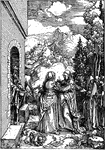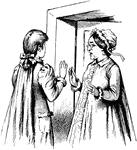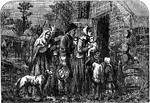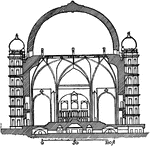
Gol Gumbaz (Section)
The most imposing and original of all Indian domes are those of the Jumma Musjid and of the Tomb of…

Jasminum grandiflorum
Jasminum grandiflorum (chameli in Hindi) is a species of jasmine native to South Asia. In India, its…

Plan of Durham Cathedral
The Cathedral Church of Christ, Blessed Mary the Virgin and St. Cuthbert of Durham, commonly referred…
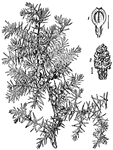
Juniper
An illustration of a juniper branch, vertical section of fruit (1), and male catkin (2). Junipers are…

Plan of Château de Chambord
The royal Château de Chambord at Chambord, Loir-et-Cher, France is one of the most recognizable…

Dodder
An illustration of Dodder including: 1, flower removed from; 2, Calyx; Ovary cut acrossed; 4, fruit…
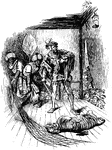
Tiger Attack
A scene from "A Little Field of Glory." A soldier rescues the main character, Thomas, from an attack…
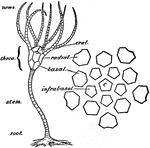
Simple Crinoid
An illustration of a simple five armed crinoid with a detailed view of the tegmen of five orals. Crinoids,…

Sea Urchin
An diagram of the anatomy of a sea urchin. Sea urchins are small, globular, spiny sea creatures, composing…

Hispid Cotton Rat
The Hispid Cotton Rat (Sigmodon hispidus) is a small rodent in the Cricetidae family of New World rats…
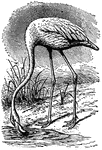
Flamingo
Flamingos are gregarious wading birds in the genus Phoenicopterus and family Phoenicopteridae. They…

Great Pyramid of Giza
The Great Pyramid of Giza, also called Khufu's Pyramid or the Pyramid of Khufu, and Pyramid of Cheops,…
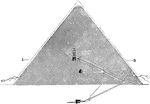
Great Pyramid of Giza, Cross Section
The Great Pyramid of Giza, also called Khufu's Pyramid or the Pyramid of Khufu, and Pyramid of Cheops,…
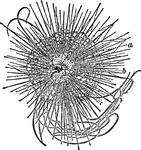
Sea Urchin
Sea urchins are small, globular, spiny sea creatures, composing most of class Echinoidea. They are found…
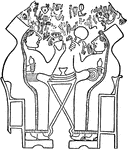
Hittite Women
An illustration of two Hittite women sitting. The Hittites were an ancient Anatolian people who spoke…

Interior of the Temple of Philæ
The interior has a richer appearance, chiefly owing to the use of columns of a round cylindrical shape.…
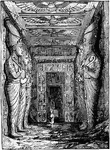
Entrance to the Great Temple at Abu Simbel
In 1959 an international donations campaign to save the monuments of Nubia began: the southernmost relics…
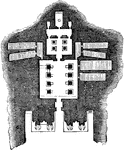
Floor Plan of the Great Temple at Abu Simbel
In most rock-temples a court, which is sometimes hewn out of the rock, or a covered vestibule forms…

Cross Section of the Great Temple at Abu Simbel
In most rock-temples a court, which is sometimes hewn out of the rock, or a covered vestibule forms…
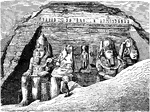
Entrance of the Great Temple at Abu Simbel
Four colossal 20 meter statues of the pharaoh with the double crown of Upper and Lower Egypt decorate…

Hall Section of the Great Temple at Abu Simbel
This image shows how the middle passage is made more imposing by the arrangement of elevating the columns…

Gastrotricha
A small group of fairly uniform animals which live among Rotifers and Protozoa at the bottom of ponds…
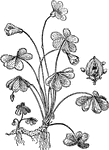
Oxalis
Oxalis is the largest genus in the wood sorrel family Oxalidaceae. Of the approximately 900 known species…

Ducking Stool
Used as a form of humiliating punishment for angry women, a ducking stool was "a stool or chair in which…
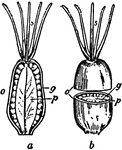
Mouse-ear Chickweed
An illustration of the pistil, female reproductive part of the flower, from the mouse-ear chickweed.…
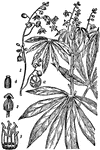
Yuca
The cassava, yuca, manioc, mogo or mandioca (Manihot esculenta) is a woody shrub of the Euphorbiaceae…

Beaumaris Castle
Beaumaris Castle, located in Beaumaris, Anglesey, Wales was built as part of King Edward I's campaign…

Wels Catfish
The wels catfish is a scaleless fresh and brackish water catfish recognizable by its broad, flat head…

Canterbury Cathedral
An illustration of the floor plan of Canterbury Cathedral. Canterbury Cathedral in Canterbury, Kent,…
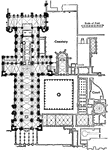
Durham Cathedral
An illustration of the floor plan of Durham Cathedral. The Cathedral Church of Christ, Blessed Mary…
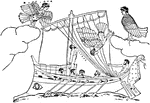
Ulysses and Sirens
From a hydria or vase painted by the "Siren Painter," this image shows Ulysses and the sirens from Homer's…
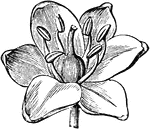
Scilla
Scilla (squill) is a genus of bulb-forming perennial herbs in the Hyacinthaceae. The 90-odd species…
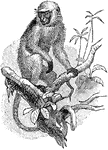
Gray Langur
The Northern Plains Gray Langur (Semnopithecus entellus) is a primate in the Cercopithecidae family…
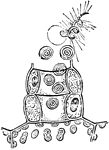
Antheridium of Bracken
An illustration of the anteridium of a bracken. An antheridium (plural: antheridia) is a haploid structure…

Southern Muriqui
The Southern Muriqui (Brachyteles arachnoides) is a wooly spider monkey in the Atelidae family of New…
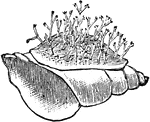
Hydrozoa Encrusting a Small Shell
Hydrozoa (hydrozoans) are a taxonomic class of very small, predatory animals which can be solitary or…
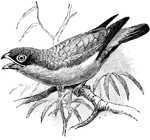
Australian Roller on Branch
The Australian Roller (Eurystomas pacificus) is an Old World bird in the Coraciidae family.

Oyster Shell
An illustration of a oyster shell. The common name oyster is used for a number of different groups of…
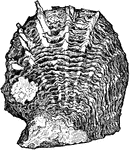
Oyster Shell
An illustration of a oyster shell. The common name oyster is used for a number of different groups of…
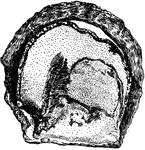
Oyster Shell
An illustration of a oyster shell. The common name oyster is used for a number of different groups of…

Typewriter
A typewriter is a mechanical or electromechanical device with a set of "keys" that, when pressed, cause…

Open Typewriter
A typewriter is a mechanical or electromechanical device with a set of "keys" that, when pressed, cause…
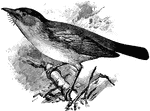
European Pied Flycatcher
The European Pied Flycatcher (Ficedula hypoleuca) is a small passerine bird in the Muscicapidae family…
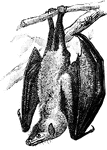
Fruit Bat Hanging from Tree
The image shows a fruit bat, a bat from the Pteropodidae family of megabats.

Soldiers & Nurses
A decorative illustration with soldiers on the left side and nurses tending to a soldier on the right.


